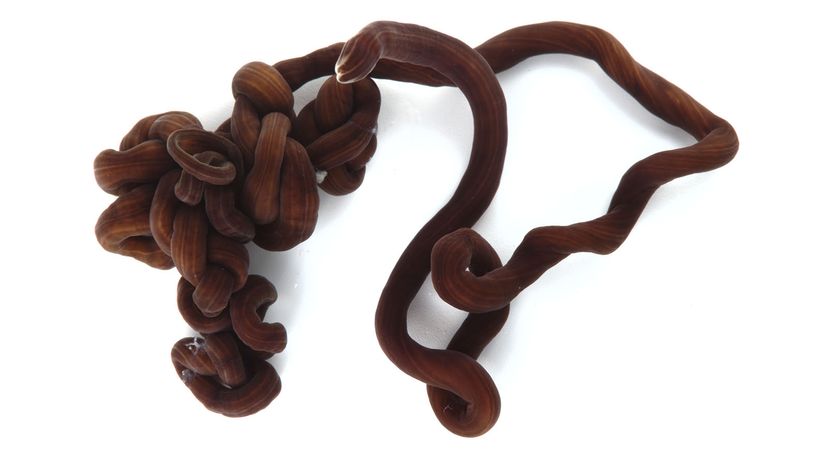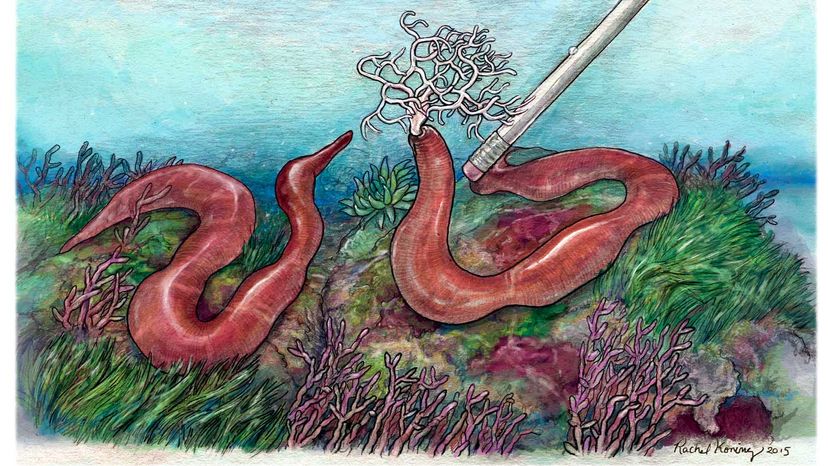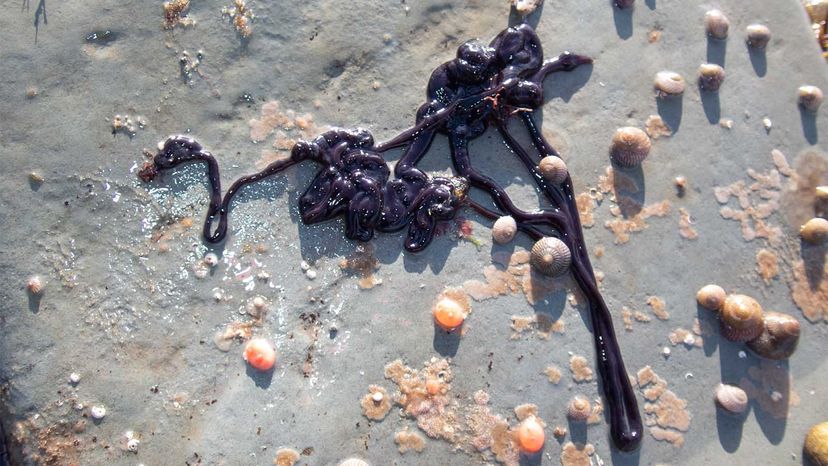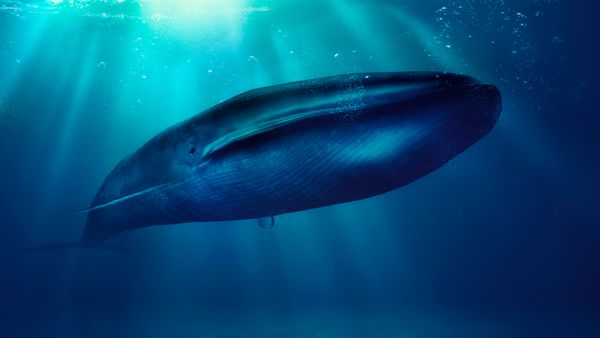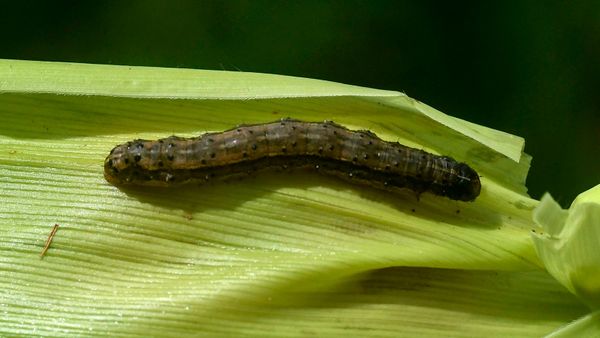Though the bootlace worm is only 0.2 to 0.4 inches (5 to 10 millimeters) wide, it's one of the longest known animals on the planet, full stop.
Bootlace worms are usually in the neighborhood of 16.4 to 32.8 feet (5 to 10 meters) in length. Pretty respectable for a worm, but that's just the tip of the iceberg.
In a 2008 article for the journal Zoologische Mededelingen, biologists Adriaan Gittenberger and Cor Schipper explain that bootlace worms measuring up to 98.4 feet (30 meters) long "have been encountered repeatedly."
If you're squeamish and the image of a wriggling worm longer than a New York City bus disturbs you, skip the next few sentences. Things are about to get even more mind-blowing.
The carcass of a monstrous bootlace worm reportedly washed ashore in Scotland during the year 1864. From end to end, it was said to measure... wait for it... more than 180 feet (55 meters) long!
Claims like that should be taken with a grain of salt. As Gittenberger and Schipper's article observes, the scientific community doesn't have any preserved specimens of a bootlace worm measuring anywhere near this size.
Which means we cannot confirm the existence of a 180-foot-long (55-meter-long) Lineus longissimus. Also, because ribbon worms in general are stretchable, elastic critters with bodies prone to distortion, it can be hard to pin down their maximum lengths anyway. Sorry for the buzzkill.
